Optimal Timing for Demolition Service
Determining the optimal timing for demolition service involves considering weather conditions, project scope, and local regulations. Typically, favorable weather with minimal rain and mild temperatures ensures safer and more efficient demolition processes. Planning during periods of low activity can also reduce disruptions to surrounding areas.
In Wichita, Kansas, the ideal window for demolition is often in late spring or early fall when weather conditions are most predictable. Avoiding extreme cold or heat minimizes risks associated with equipment operation and material handling. Proper scheduling can lead to cost savings and smoother project completion.
Demolition is best performed during mild weather to ensure safety and efficiency. Rain, snow, or extreme temperatures can delay work and increase hazards.
Large-scale demolitions may require more planning and coordination, which can influence timing. Smaller projects might be scheduled more flexibly.
Permits and regulations in Wichita may affect scheduling. Planning ahead ensures compliance and avoids delays.
Spring and fall generally offer optimal conditions for demolition work in Wichita, KS.

Heavy machinery preparing for demolition in Wichita.
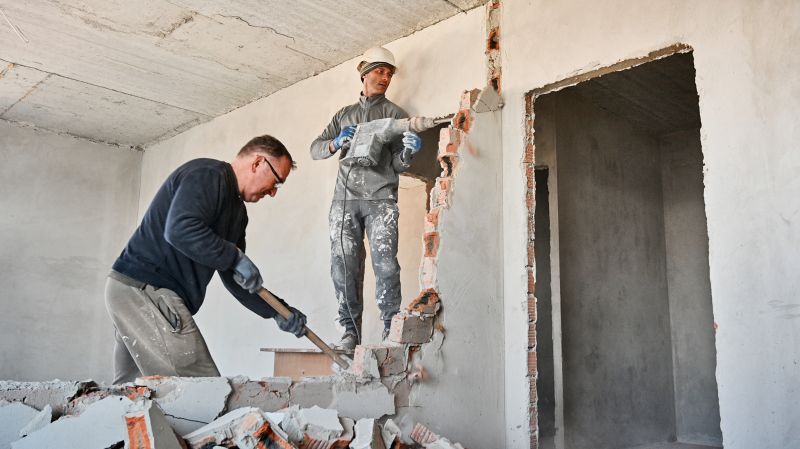
Workers following safety protocols on-site.

Clearing and securing the area for safe demolition.
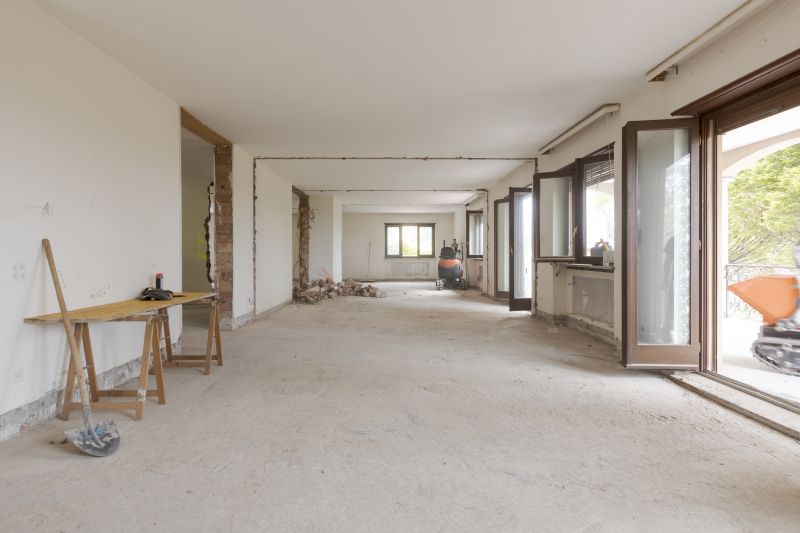
Ways to make Demolition Service work in tight or awkward layouts.
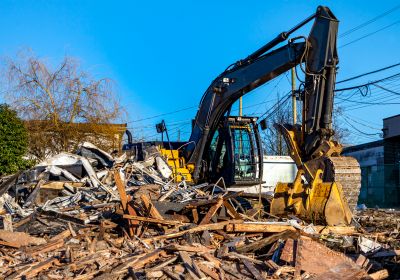
Popular materials for Demolition Service and why they hold up over time.

Simple add-ons that improve Demolition Service without blowing the budget.
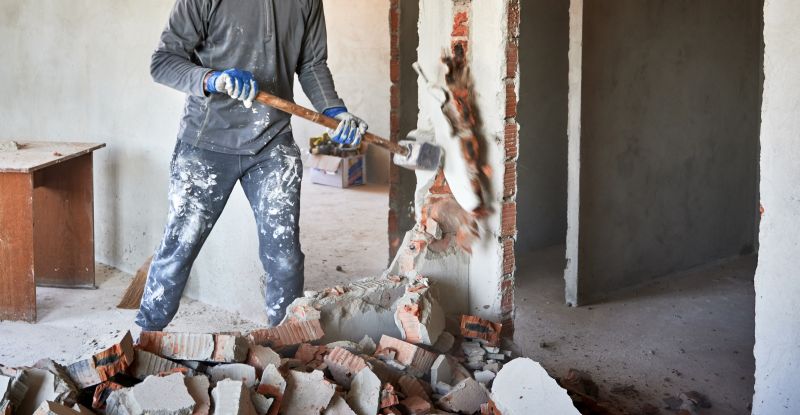
High-end options that actually feel worth it for Demolition Service.
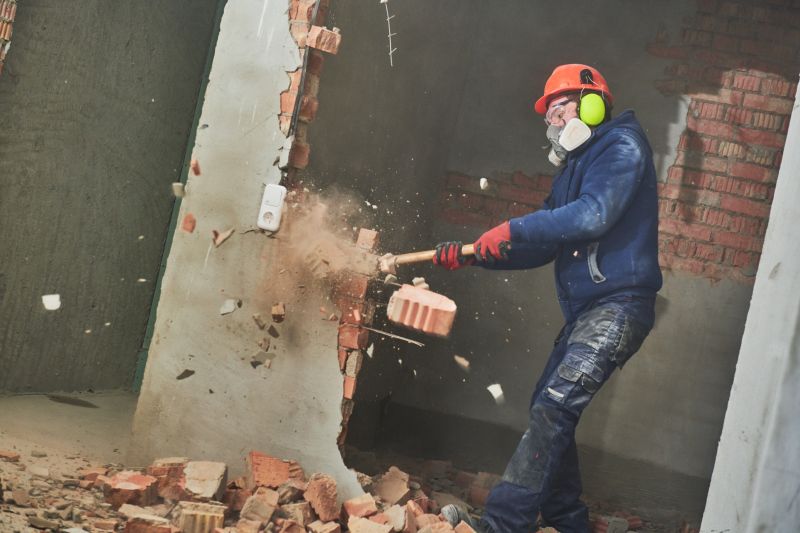
Finishes and colors that play nicely with Demolition Service.
| Factor | Best Time to Schedule |
|---|---|
| Weather Conditions | Spring or Fall |
| Project Size | Flexible, based on planning |
| Permitting Process | Prior to project start |
| Community Impact | Off-peak hours or seasons |
| Temperature Extremes | Avoid during summer heat or winter cold |
Demolition services encompass a range of activities including the controlled dismantling of structures, site clearing, and debris removal. Proper timing ensures safety and efficiency, reducing potential delays and costs. Advances in demolition technology and planning have improved safety standards and environmental management during projects.
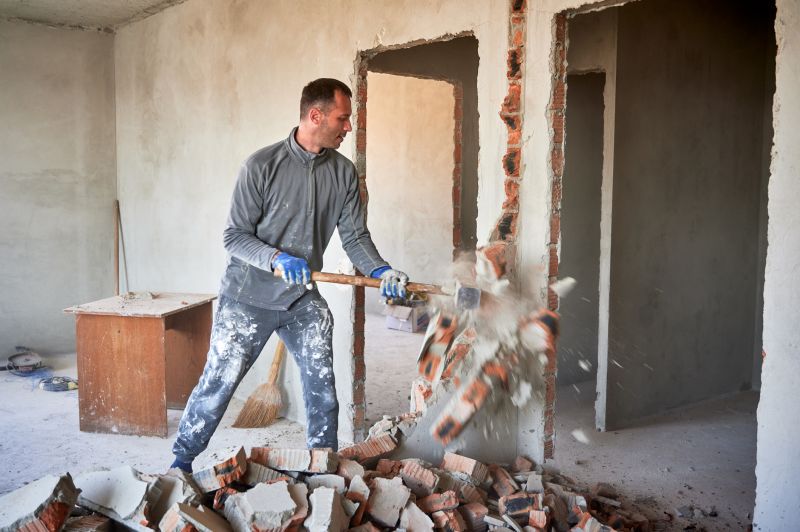
Precision techniques used to safely dismantle structures.
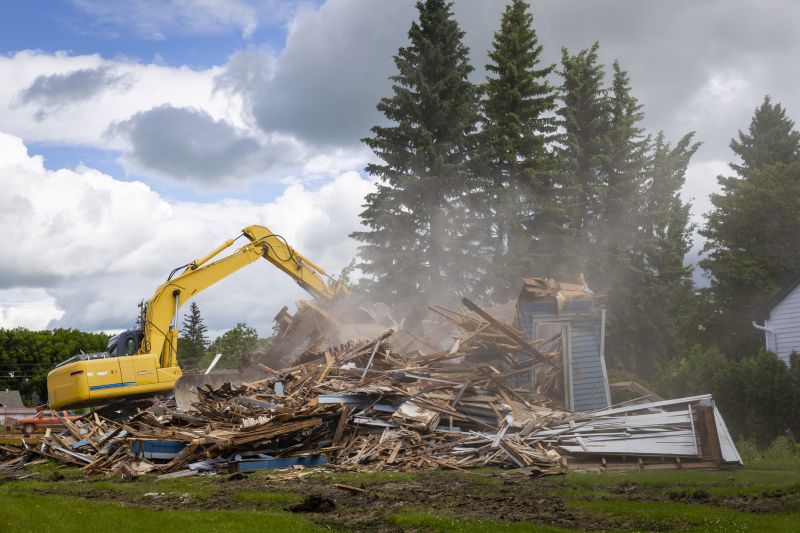
Specialized machinery clearing site debris efficiently.
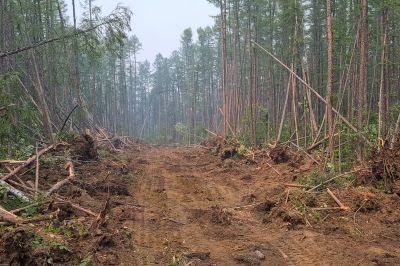
Preparing land for future use or construction.

Little measurements that prevent headaches on Demolition Service day.
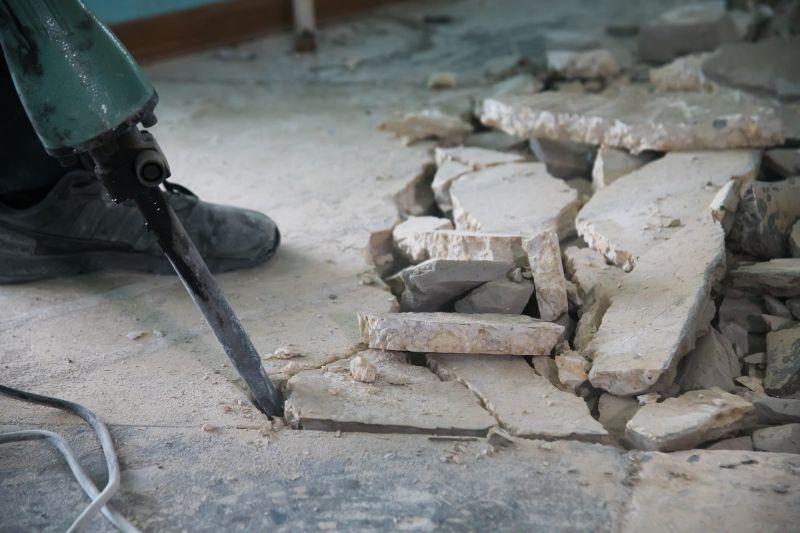
A 60-second routine that keeps Demolition Service looking new.
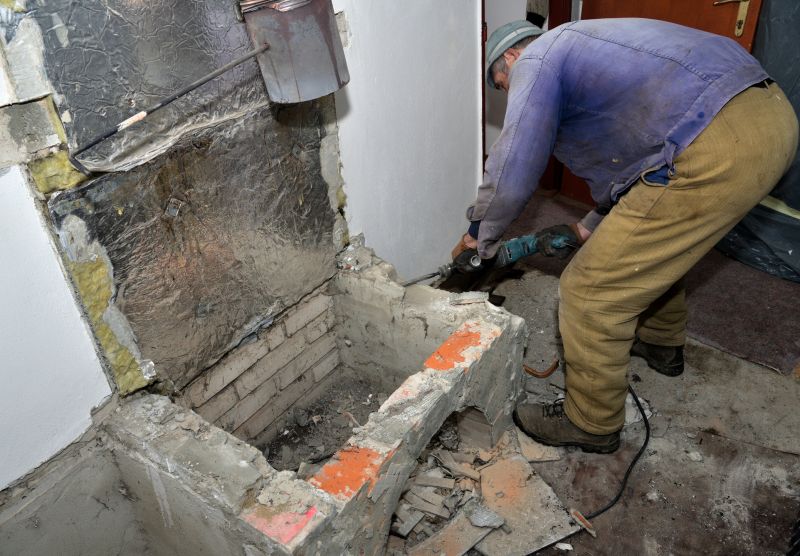
A frequent mistake in Demolition Service and how to dodge it.
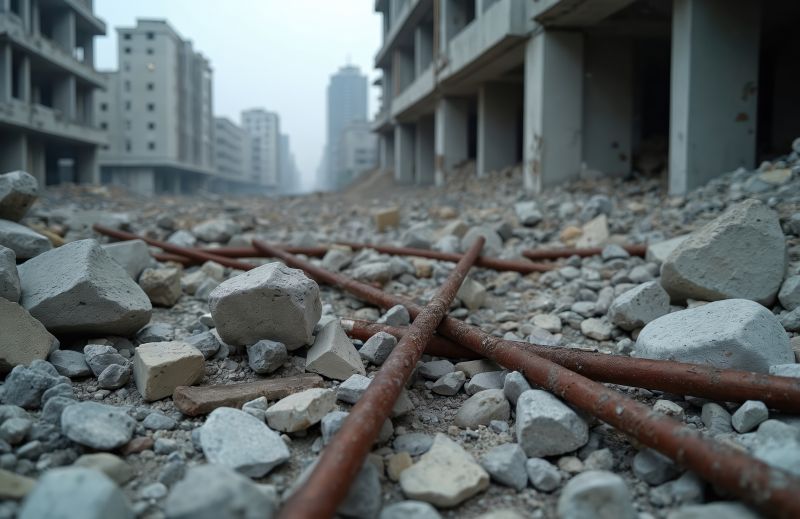
Before and after images of a local project.
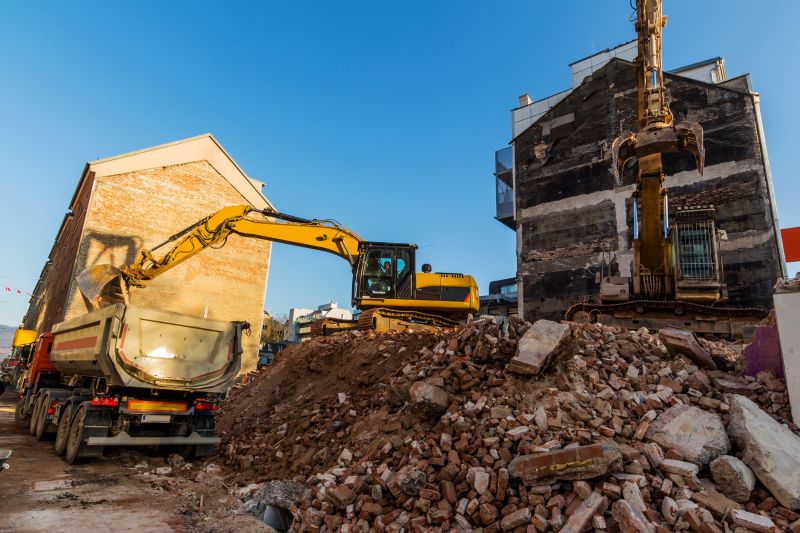
Excavators and wrecking balls in action.

Protective equipment used by workers.

Site prepared for new construction.

Small tweaks to make Demolition Service safer and easier to use.
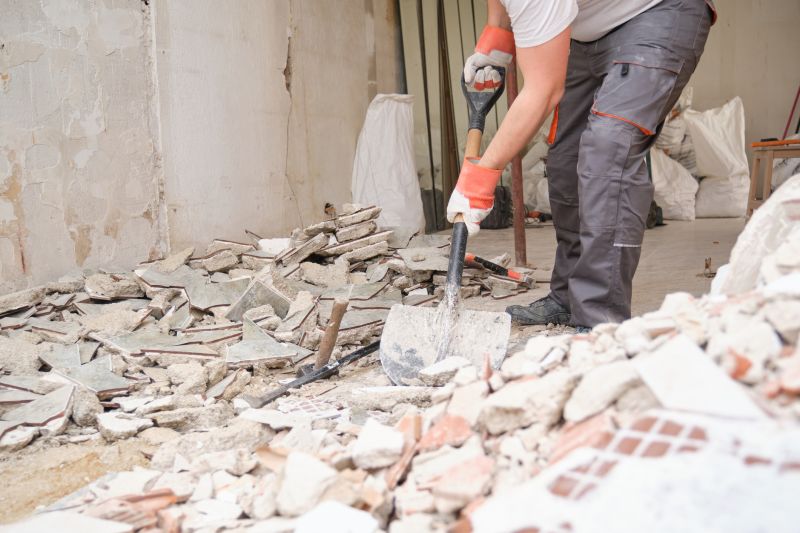
Lower-waste or water-saving choices for Demolition Service.

The short, realistic tool list for quality Demolition Service.
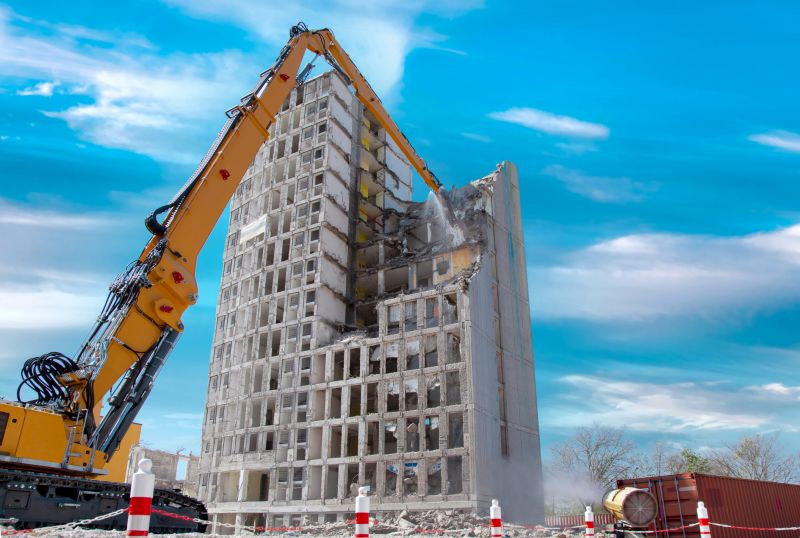
Rough timing from prep to clean-up for Demolition Service.
Interested parties are encouraged to contact for detailed assessments and scheduling options. Proper planning and timing can lead to a safer, more efficient demolition process tailored to project needs.
